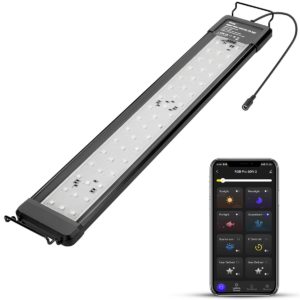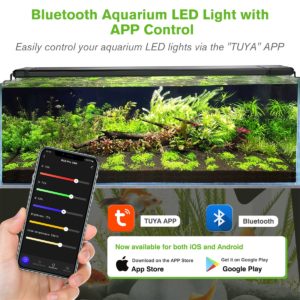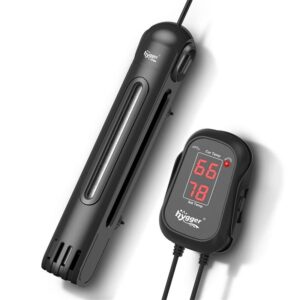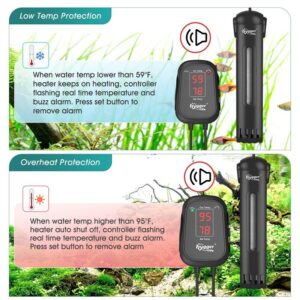Building a Special Tank for Tang Fish
Famous for striking colors and graceful movements, Tang fish are excellent additions to marine aquariums. Tang fish are active swimmers and require ample room. Accordingly, large tanks should be the first choice. But how to build a tank for tang fish? To find out the answer to the question, just continue reading, you will get some points of tang fish tank size from this article.
Content Table
Where do tang fish live
Tang fish, also famous as surgeon fish, are mainly found in tropical and warm waters. Commonly, they are kept with coral reefs. Also, you can find Tang fish in the Indo-Pacific region, coral reefs, and tropical coastal areas.
Tang fish are highly active swimmers and often swim in groups. Also, they require ample space to swim freely. Moreover, most Tang fish have specific habitat requirements. For example, the presence of coral reefs, suitable water temperatures, and appropriate food sources.
Coral reefs provide shelter for Tang fish. Plus, a water temperature ranging from 75℉ to 82℉ is perfect for Tang aquariums, a 500-watt intelligent quartz heater can set the ideal temperature for the Tang fish. Furthermore, Tang fish are primarily herbivorous. Their diet mainly consists of algae. Commonly, Tangs use their specialized mouth parts, including sharp teeth and a protruding snout, to scrape algae off rocks and coral surfaces.
Additionally, in terms of reproduction, tang fish engage in external fertilization. Females release eggs into the water column, and males release sperm to fertilize them. The eggs then develop into larvae, which go through a pelagic stage before settling back onto the reef as juveniles.
Tang fish tank size
Tang fish are active swimmers. The minimum Tang fish tank size can be 75 gallons. However, the ideal tank size can vary depending on the species of Tang fish. Generally, considering their size, swimming behavior, and territorial nature, large tanks are better choices.
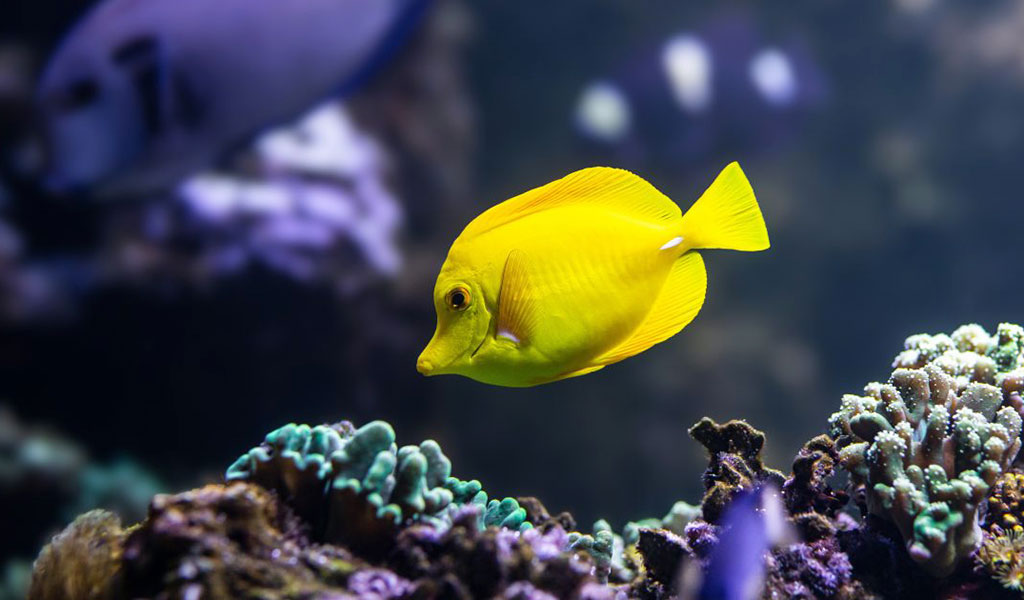
For smaller species of tang fish, a tank size of at least 75 gallons (284 liters) is recommended, such as the Yellow Tang (Zebrasoma flavescens). This allows them enough space to swim freely and establish territories.
For larger tang species, a larger tank is necessary. For example, the Powder Blue Tang (Acanthurus leucosternon) and the Achilles Tang (Acanthurus Achilles). These larger tangs need a tank size of 125 gallons (473 liters) or more to provide ample swimming space and minimize aggression between tangs.
Build blue tang fish tank
Building a suitable tank for Blue Tangs (Paracanthurus hepatus) needs to consider their specific needs, including tank size, water quality, filtration, lighting, and tank mates. Given below are some steps to guide you in building a Blue Tang fish tank.
Tank size
Blue Tangs are active swimmers and require a spacious tank. They can grow up to 10–12 inches. Consequently, the minimum tank size of a single Blue Tang should be at least 125 gallons (473 liters), but larger tanks provide even more swimming space.
Decorate blue tang fish tank
Blue Tangs appreciate a well-decorated tank that provides hiding spots and shelter. Here are some great options.
- Sand substrate: A sandy substrate can replicate the natural environment of blue tangs and provide a soft surface for them to forage and potentially sift through for food. Choose fine-grained sand that is suitable for marine aquariums and ensure it is properly cleaned before adding it to the tank.
- Live rock: Adding live rock to the aquarium adds aesthetic beauty, provides essential biological filtration, and creates natural hiding places for the Blue Tang. The rock should be securely positioned to prevent accidental collapses and have plenty of nooks and crannies for the fish to explore and seek shelter.
- Coral reef structures: Blue tang fish inhabit coral reef ecosystems, so adding artificial coral structures can be an excellent choice. They enhance the visual appeal of the tank while resembling Tang’s natural environment. Choose reef-safe artificial corals that provide branching structures or plate-like formations for the tang to swim around and explore.
Build a great filtration system
Good filtration is essential to maintain excellent water quality. It is recommended to use a high-quality filtration system, such as a combination of mechanical, biological, and chemical filtration methods.
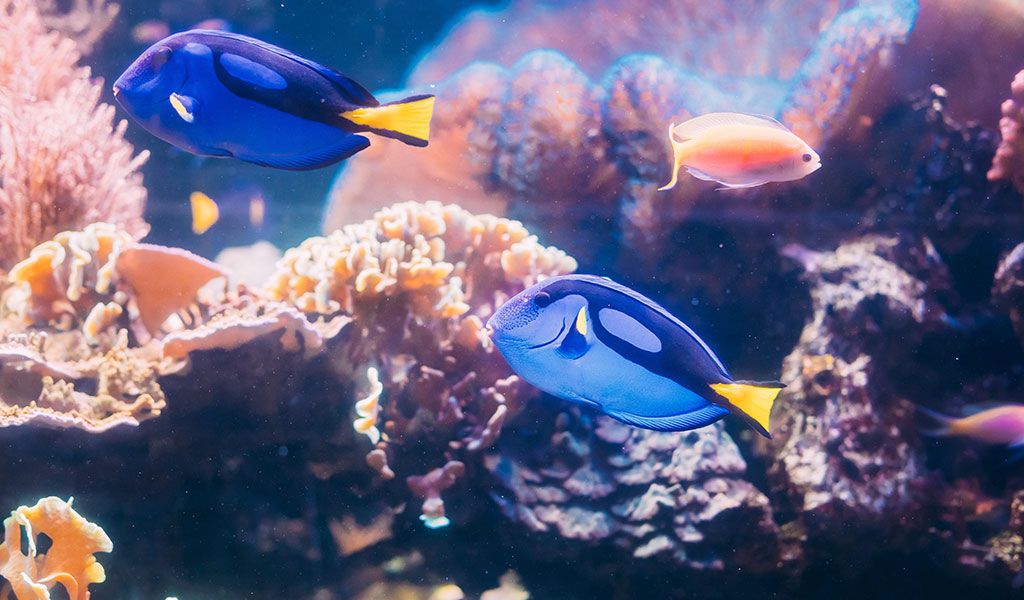
Lighting
Blue Tangs are found in coral reef environments with intense natural lighting. Mimicking natural light conditions in the tank is important for their well-being. You’d better set an aquarium lighting system that provides appropriate spectrum and intensity, including a mix of daylight and actinic lighting to support the growth of beneficial algae and other photosynthetic organisms.
Tank mates
Blue Tangs can be territorial and may exhibit aggression towards similar-looking fish. It is generally recommended to keep only one Blue Tang per tank unless you have a very large aquarium. When selecting tank mates, you can choose peaceful species that are not similar in appearance or behavior to Blue Tangs. It will minimize aggression and territorial conflicts.
Acclimation and Monitoring
When introducing a Blue Tang to the tank, ensure proper acclimation by gradually adjusting water parameters. Also, you should monitor the fish closely during the acclimation period and regularly thereafter to ensure they are adapting well and exhibiting healthy behavior.
Key takeaways
Tang fish are fascinating marine creatures that contribute to the beauty and ecological balance of coral reef ecosystems. Tang fish features vibrant colors, unique body shapes, and sharp scalpel-like spines located on either side of their tail. The streamlined body and powerful fins enable them to navigate through the water with agility and speed. The blue tang fish, with a bright blue oval-shaped body, a yellow tail, and a sharp snout, is one of the most popular tang fish.
Overall, tang fish are popular choices for marine aquarium enthusiasts due to their striking appearance and active nature. However, they require specific care and a well-maintained aquarium environment to thrive. This includes providing ample swimming space, a suitable diet rich in algae, and compatible tank mates to minimize aggression.
That’s it. For more additional info about Tang fish, welcome to share with us in the comment. Or if you want to learn more about Tang fish, just stay tuned to the hygger blog. We will share more in later articles. Finally, thanks for taking the time.

